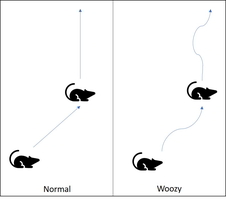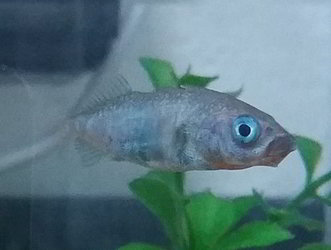Advice for applying to graduate school in Neuroscience
Posted in Graduate School • Tagged with Academia
First off, welcome to the world of Neuroscience - its huge with people working solely on computers or bioengineering to people who do direct readings off of brain cells. The important thing about finding a lab for graduate school is finding a good fit, both with your advisor and with the people in the lab. I spend as much or more time in the lab as I do with my husband. Most people spend years picking a significant other but only meet/speak with an advisor for about an hour before …
Continue reading
